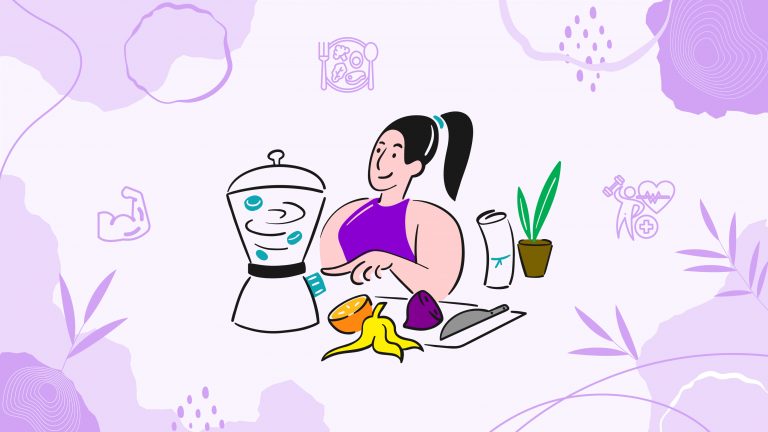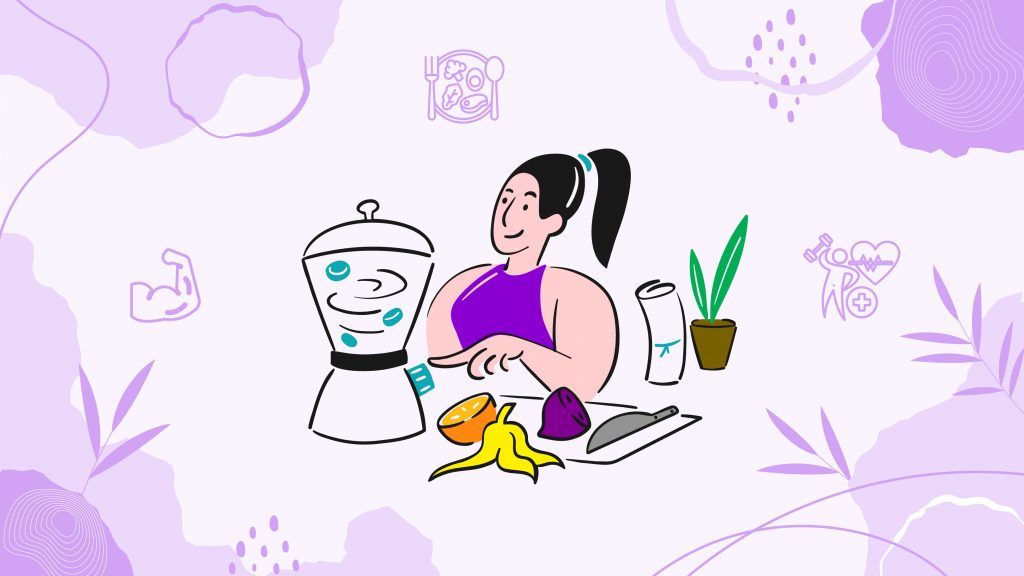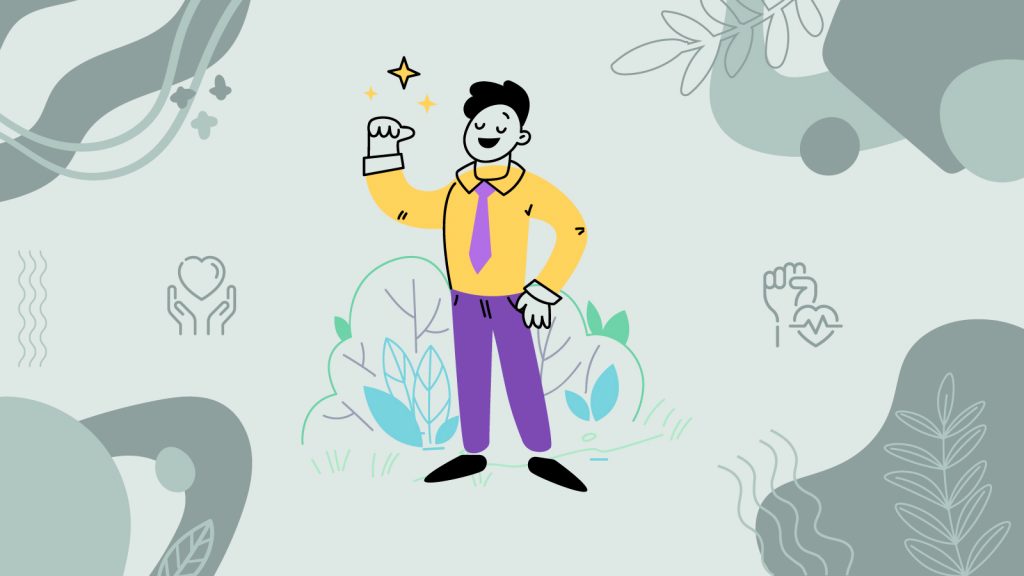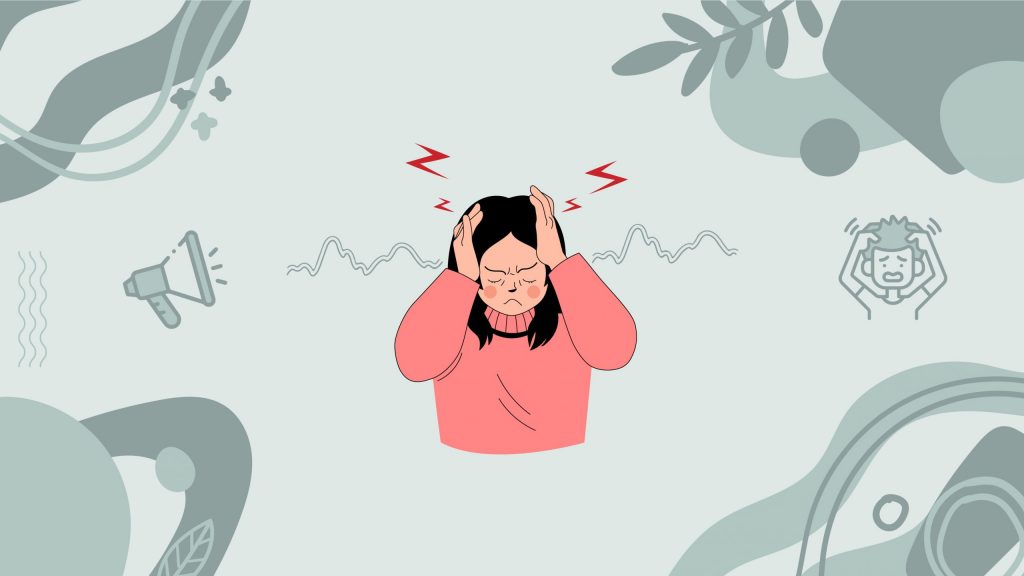If you are among those looking to enhance your fitness levels, boost your metabolic performance, or manage certain health conditions, you must have heard the recommendation for the keto diet.
A keto diet is essentially a form of diet that prescribes a high percentage of fats and proteins, cutting down on the proportion of carbs to a bare minimum level.
Research shows that individuals following a keto diet can lose an average of 2-3 times more weight than those on a standard diet.
You might want to learn more about this diet and also be looking for reassurance that choosing it won’t compromise your body’s nutritional needs. Fair enough! With all being said, it’s essential to ensure that any dietary changes you make are well-informed and support your overall health.
It is also important to understand the key principles of diet, especially when it’s changing the whole composition of your diet structure.
What is the Keto Diet?
A keto diet is a diet that suggests a high-fat and low-carbohydrate diet. It is basically designed to shift the body’s metabolism from relying on carbohydrates for energy to utilizing fats. The diet comprises approximately:
👉 70-75% fat,
👉 20-25% protein,
👉 5-10% carbohydrates
By drastically reducing carbohydrate intake, the body enters a state of ketosis, where it breaks down fat into ketones for fuel. This shift in the diet structure helps us meet motives like weight loss, improved energy levels, and enhanced mental clarity.
How does the Keto Diet work?
A keto diet focuses on breaking the body’s plateau and relies on body fat as a primary fuel source. In a general scenario, our body breaks down carbohydrates to release energy. In keto diet, it shifts from carbohydrates to fats. The shift generally occurs when the body is deprived of the energy from carbohydrates and hunts for an alternative source. This is when fats replace them with a new source of energy, and allow the body to break down fat into ketones for fuel instead.
The high-fat content becomes essential as it provides the necessary energy to sustain bodily functions while promoting fat burning. Meanwhile, moderate protein intake helps maintain muscle mass without stimulating insulin production.
👉 Quick Question
What are your top three reasons for wanting to start a keto diet?
This specific macronutrient ratio has been shown to aid in weight loss, improve metabolic health, and enhance mental clarity by providing a steady source of energy.
Essentials of a Keto Diet
#1: Understanding Macronutrients
Start by gaining a complete understanding of the macronutrients that the keto diet commands and how they will impact your diet structure.
The keto diet prescribes specific percentages for each macronutrient (carbohydrates, protein, and fats). It suggests that, from the total energy you obtain from these nutrients, about 5-10% of your daily calories should come from carbohydrates, 70-75% from healthy fats, and 20-25% from protein.
👉 Did You Know?
The ketogenic diet was originally developed in the 1920s to treat epilepsy in children.
Maintaining a specific ratio is crucial for one simple reason: In a general scenario, our metabolism tends to rely on carbohydrates for energy. In a keto diet, the focus shifts from carbohydrates to fats, enabling the body to enter a state of ketosis, where fat is burned for fuel instead of glucose. This transition helps promote fat loss, stabilize energy levels, and potentially improve mental clarity.
#2: Food Options (you must include)
The food options that you must include in your keto diet regime are healthy fats, low-carb vegetables, proteins, and nuts. The food options counted as fat sources are avocados, olive oil, coconut oil, fatty fish, etc. To meet the low-carb requirements, you can opt for food like leafy greens, broccoli, cauliflower, zucchini, and bell peppers. For the protein requirements, rely on foods like meat, fish, eggs, and cheese. And lastly, the nuts and seeds, in which you include a moderate quantity of almonds, walnuts, chia seeds, and flaxseeds.
👉 Fun Fact:
Many people report reduced cravings for sugar and carbs when they adapt to the keto diet.
A shift in your food choices goes a long way in transforming your overall health and well-being. For more detailed information on the keto diet, you can put your hands on a detailed guide.
#3: Food Options (you must avoid)
The foods that you must avoid when following a keto diet include high-carb foods like bread, pasta, rice, and cereals. Also, there is a whole category of fruits (bananas, apples, oranges, and most other fruits) that offer a high carbohydrate percentage; that, too, must be avoided if you are serious about following this specific diet structure. Lastly, you must also avoid the intake of starchy vegetables like potatoes, sweet potatoes, corn, and peas.
#4: Hydration and Electrolytes
When following a keto diet, don’t forget to maintain proper hydration while keeping track of electrolytes. Drink plenty of water to help with the initial transition and prevent dehydration. Other than that, it is equally important to maintain the level of electrolytes, which may drop significantly due to reduced carbohydrate intake.
Ensuring adequate intake of sodium, potassium, and magnesium can help alleviate these symptoms and support overall well-being while on the diet. You can also opt for the supplements to make your diet journeys safe and effective.
#5: Gradual Transition
Since it calls for a complete change in the diet structure, it must follow a slow transition. Try to reduce the amount of carbohydrates in a slow proportion. When you decide to follow this diet, you may experience a phenomenon called keto flu. It essentially means experiencing the symptoms like fatigue and irritability during the transition phase.
To ensure that you don’t end up aggravating the symptoms of keto flu, make gradual changes in your diet, whether cutting carbohydrates or increasing the amount of protein.
Quick Tips to Start a Keto Diet
- Make sure you properly educate yourself before you decide to switch to this diet.
- Plan your meals to meet the exact requirements of the macronutrients that the keto diet commands.
- Don’t forget to monitor your electrolytes from time to time. To bring further ease, you can also opt for electrolyte supplements.
- Cutting down on your carbs is among the most important prerequisites. Do not succumb to the temptation to consume excess carbs.
- Since you are no longer relying on the energy storehouse (carbohydrates), try to stock up on keto-friendly snacks like cheese, nuts, and low-carb bars.
- Track your calorie intake using apps or journals to monitor your food intake, progress, and how you feel about the diet.
- Always listen to your body. Notice how your body is responding to the changes made.
- Last but not least, be patient. Give ample time and space for the changes to appear. Don’t rush into the process.
Conclusion
Starting a keto diet can be a transformative journey toward improved health and well-being. By understanding the principles of the diet, planning your meals, and gradually adjusting your eating habits, you can successfully transition to this low-carb, high-fat lifestyle. Remember, it’s essential to listen to your body, stay hydrated, and monitor your progress as you embark on this path. With dedication and the right strategies, the keto diet can help you achieve your health goals and enjoy a more energetic, fulfilling life.
FAQs
While many people can safely follow the keto diet, it’s important to consult with a healthcare professional, especially if you have underlying health conditions.
Most individuals enter ketosis within 2–7 days of starting the diet, depending on factors like activity level and carbohydrate intake.
Focus on foods high in healthy fats, moderate in protein, and low in carbohydrates, such as avocados, nuts, seeds, fatty fish, and non-starchy vegetables.
Some people may experience “keto flu” during the initial transition, which can include symptoms like fatigue, headache, and irritability. Staying hydrated and maintaining electrolyte balance can help.






















